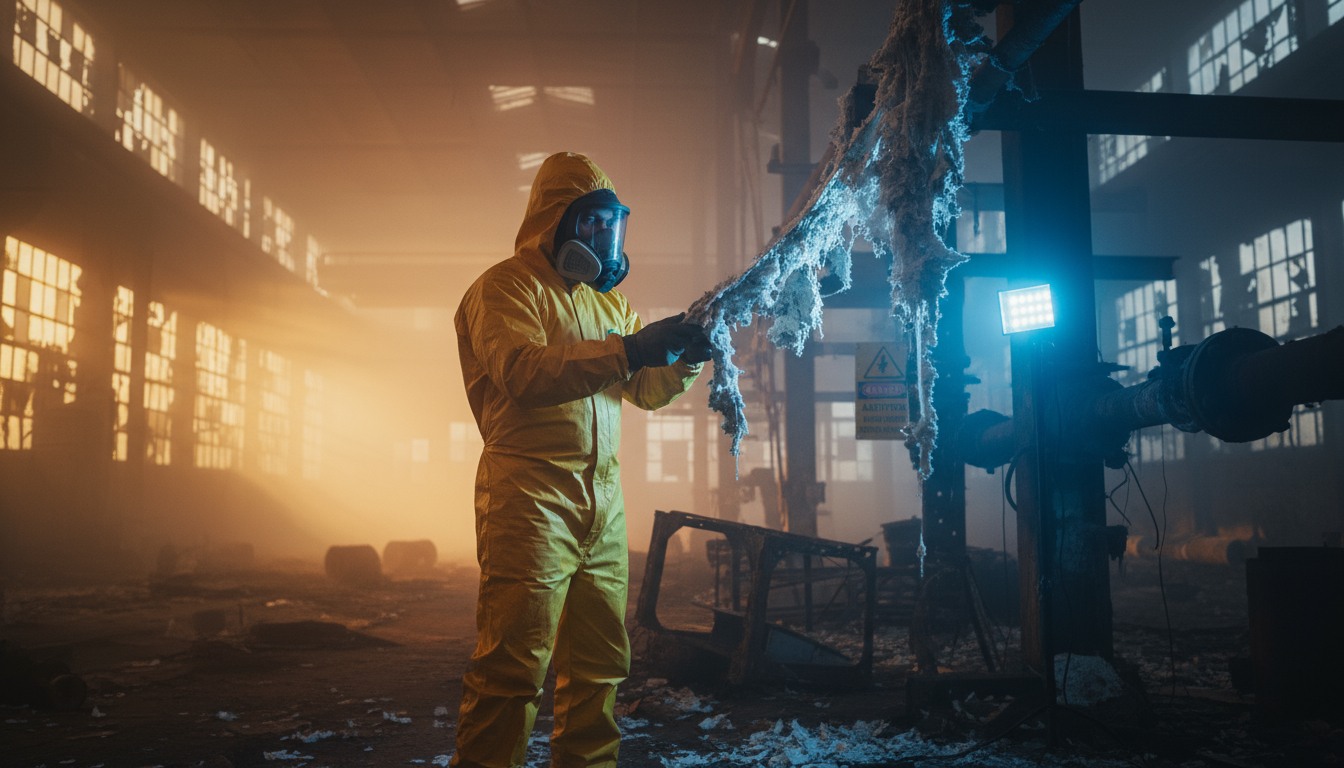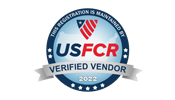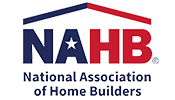What Is Asbestos and Lead Abatement?
Asbestos abatement services encompass the identification, containment, extraction, and safe disposal of asbestos-containing materials from buildings and structures. Asbestos is a naturally occurring mineral fiber that was extensively used in construction materials from the 1940s through the 1980s. It was added to insulation, floor tiles, ceiling tiles, roofing materials, pipe wrapping, and hundreds of other products.
Lead removal, similarly, involves the safe elimination of lead-based paint and other lead-containing materials. Lead paint was commonly used in homes built before 1978, when it was banned for residential use. The material poses particular danger when it deteriorates, creating dust and chips that can be easily ingested or inhaled.
Hazardous material abatement goes beyond simple extraction. It’s a comprehensive process that includes testing, risk assessment, containment, specialized techniques, air monitoring, decontamination, and proper disposal according to strict environmental regulations. The goal isn’t just to eliminate dangerous materials—it’s to do so without creating additional exposure risks or environmental contamination.
The Critical Health Risks of Asbestos and Lead
Understanding why professional services are essential begins with recognizing the severe health consequences of exposure. These aren’t minor concerns—they’re life-threatening conditions that can develop years or even decades after contact with these materials.
Asbestos-Related Health Conditions
When asbestos fibers become airborne and are inhaled, they lodge in lung tissue where they remain indefinitely. The body cannot break down or expel these microscopic fibers. Over time, they cause inflammation and scarring that leads to serious diseases:
- Asbestosis: A chronic lung disease causing shortness of breath, persistent cough, and chest tightness that progressively worsens
- Mesothelioma: A rare and aggressive cancer affecting the lining of the lungs, abdomen, or heart with extremely poor survival rates
- Lung Cancer: Significantly increased risk, especially for smokers exposed to fibers
- Pleural Disorders: Thickening and fluid buildup around the lungs that impairs breathing
The latency period for these diseases ranges from 10 to 50 years, meaning exposure today might not show symptoms until you’re well into retirement. There is no safe level of exposure, and even brief encounters can result in disease. This is precisely why professional asbestos abatement services are critical.
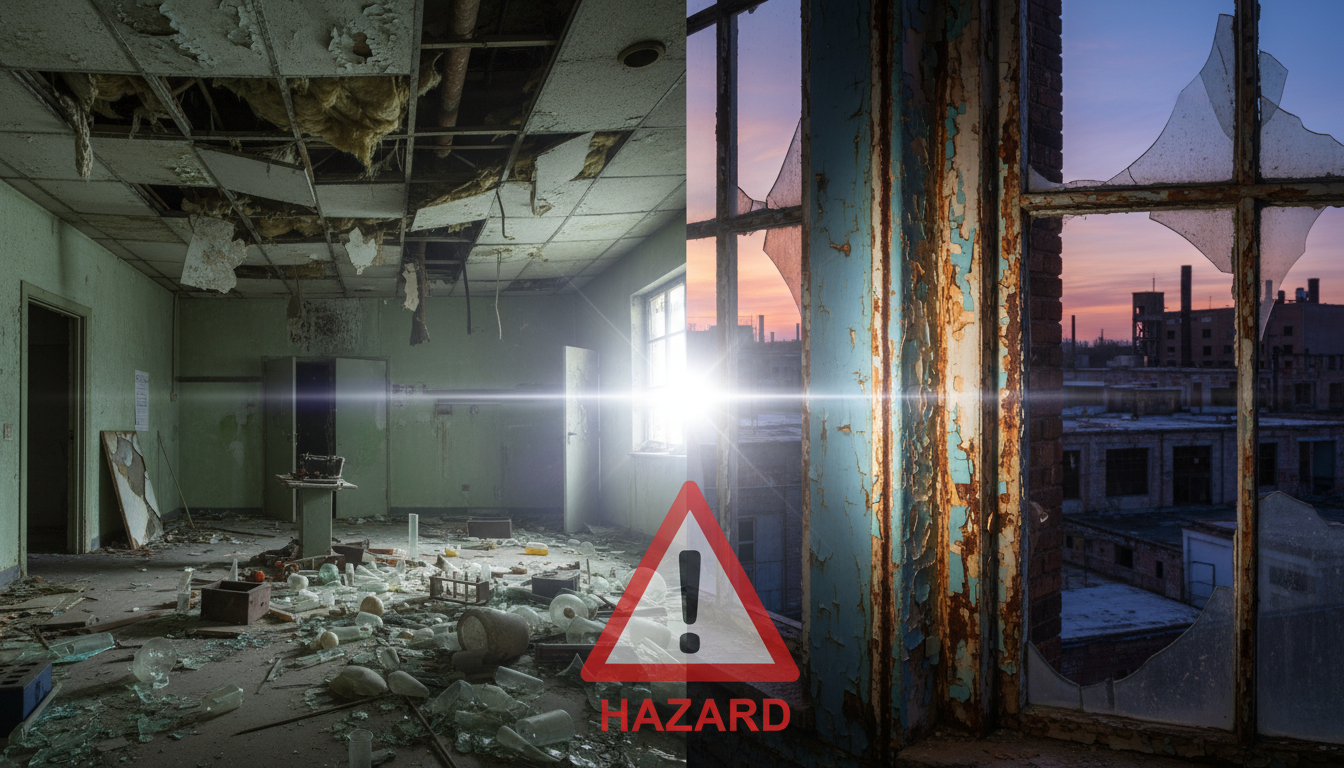
Lead Poisoning Effects
Lead is a neurotoxin that affects nearly every system in the human body. Children under six are particularly vulnerable because their developing brains and nervous systems are most susceptible to lead’s toxic effects. Professional lead removal protects families from poisoning, which can cause:
- In Children: Developmental delays, learning disabilities, behavioral problems, hearing loss, and lowered IQ
- In Adults: High blood pressure, kidney damage, reproductive problems, nerve disorders, and memory difficulties
- In Pregnant Women: Miscarriage, premature birth, and developmental problems in the fetus
Even low levels of lead exposure can cause permanent damage, particularly in children. Blood lead levels as low as 5 micrograms per deciliter are associated with decreased intelligence and behavioral difficulties. Professional intervention eliminates these risks at the source.
⚠️ Important: Both asbestos and lead exposure can occur without any immediate symptoms. You cannot see, smell, or taste these hazards, making professional testing the only way to confirm their presence and ensure safe remediation.
Why DIY Approaches Are Extremely Dangerous
The internet is full of advice on home improvement projects, but hazardous material abatement should never be DIY endeavors. The risks far outweigh any perceived savings, and improper handling can actually make contamination worse.
The Amplification Effect
Intact asbestos materials are generally not dangerous—the hazard comes when these materials are disturbed. Cutting, sanding, drilling, or breaking asbestos-containing materials releases millions of microscopic fibers into the air. A single fiber is approximately 1,200 times thinner than a human hair and can remain suspended in air for hours or even days. This is why specialized containment is essential.
Similarly, disturbing lead paint through scraping, sanding, or demolition creates contaminated dust that spreads throughout a building. This dust settles on surfaces, carpets, and furniture, creating ongoing exposure risks long after the work is complete. Professional methods prevent this contamination spread.
Inadequate Protection
Hardware store dust masks and basic respirators provide no protection against asbestos fibers or lead dust. Professionals use specialized respirators with HEPA filters rated for these specific hazards. They also wear disposable protective suits, gloves, and boots that are carefully removed and disposed of to prevent contamination.
Without proper equipment and decontamination procedures, workers carry hazardous materials home on their clothing, shoes, and skin—exposing family members to dangerous substances.
Legal and Financial Consequences
Most jurisdictions strictly regulate hazardous material work. Performing unpermitted activities can result in:
- Substantial fines from environmental protection agencies
- Stop-work orders that delay projects
- Liability for contaminating neighboring properties
- Difficulty selling property due to incomplete disclosure
- Denial of insurance claims for improper handling
- Personal injury lawsuits from exposed parties
💡 Pro Tip: If you’re planning any renovation on a building constructed before 1980, assume it contains asbestos until professional testing proves otherwise. For homes built before 1978, assume lead paint is present on all painted surfaces.
What Professional Services Provide
Professional hazardous material abatement involves far more than simply extracting contaminated materials. It’s a comprehensive process governed by strict regulations and best practices developed to protect workers, occupants, and the environment.
Proper Licensing and Training
Professional contractors undergo extensive specialized training. They must understand the health risks, proper handling techniques, containment procedures, and disposal regulations. Ongoing education ensures they stay current with evolving safety standards and remediation techniques.
Legitimate contractors carry appropriate liability insurance and workers’ compensation coverage specifically for hazardous material work. This protects property owners from liability if workers are injured or if contamination occurs during the process.
Specialized Equipment and Containment
Professional work requires sophisticated equipment that goes far beyond what’s available to consumers:
- Negative Air Machines: Industrial HEPA filtration systems that create negative pressure containment, preventing fibers from escaping the work area
- Personal Air Monitoring: Real-time equipment that measures exposure levels for each worker
- Decontamination Units: Three-chamber systems for worker exit that include equipment room, shower, and clean room
- Wet Removal Tools: Specialized equipment that keeps materials wet during work, preventing fiber release
- HEPA Vacuum Systems: Industrial vacuums with filtration capable of capturing microscopic particles
For lead work, professionals use HEPA-filtered power tools, wet sanding techniques, and chemical strippers that minimize dust generation. They also employ specialized vacuums and cleaning methods that capture dust rather than spreading it.
The Professional Abatement Process
Understanding what happens during professional hazardous material abatement helps property owners know what to expect and appreciate the complexity of proper work.
Phase 1: Inspection and Testing
The process begins with comprehensive inspection by qualified professionals. They collect samples of suspected materials and send them to accredited laboratories for analysis. For asbestos, bulk samples are examined using polarized light microscopy or transmission electron microscopy. Lead testing involves paint chip analysis or X-ray fluorescence readings.
The inspection report documents the location, condition, and quantity of hazardous materials. It also assesses the level of risk based on material condition, accessibility, and potential for disturbance. This information guides the strategy and helps determine project scope.
Phase 2: Project Planning and Notification
Before any work begins, professionals develop a detailed plan that addresses every aspect of the project. This includes containment specifications, extraction methods, waste disposal procedures, and air monitoring protocols. The plan must comply with federal, state, and local regulations.
Many jurisdictions require advance notification to regulatory agencies before asbestos abatement services can begin. This notification period typically ranges from 10 to 14 days and allows authorities to schedule inspections if needed.
Phase 3: Site Preparation and Containment
Proper containment is critical to preventing contamination spread. Professionals seal off the work area using multiple layers of polyethylene sheeting. All ventilation systems are disabled and sealed. Critical barriers separate the work zone from occupied areas.
For asbestos work, negative air pressure systems are installed to ensure any airborne fibers are filtered before air exits the containment. Air pressure differentials are continuously monitored to verify containment integrity throughout the project.
Phase 4: Material Removal
Extraction techniques vary based on the material type and condition. The amended water method keeps materials wet during work to suppress fiber release. Friable materials that easily crumble require extra caution. Workers carefully extract materials in sections, placing them directly into labeled disposal bags.
Lead removal might involve chemical stripping, wet scraping, or encapsulation depending on surface condition and project requirements. All work surfaces are continuously cleaned to prevent dust accumulation. HEPA vacuums capture particles before they can spread beyond the work area.
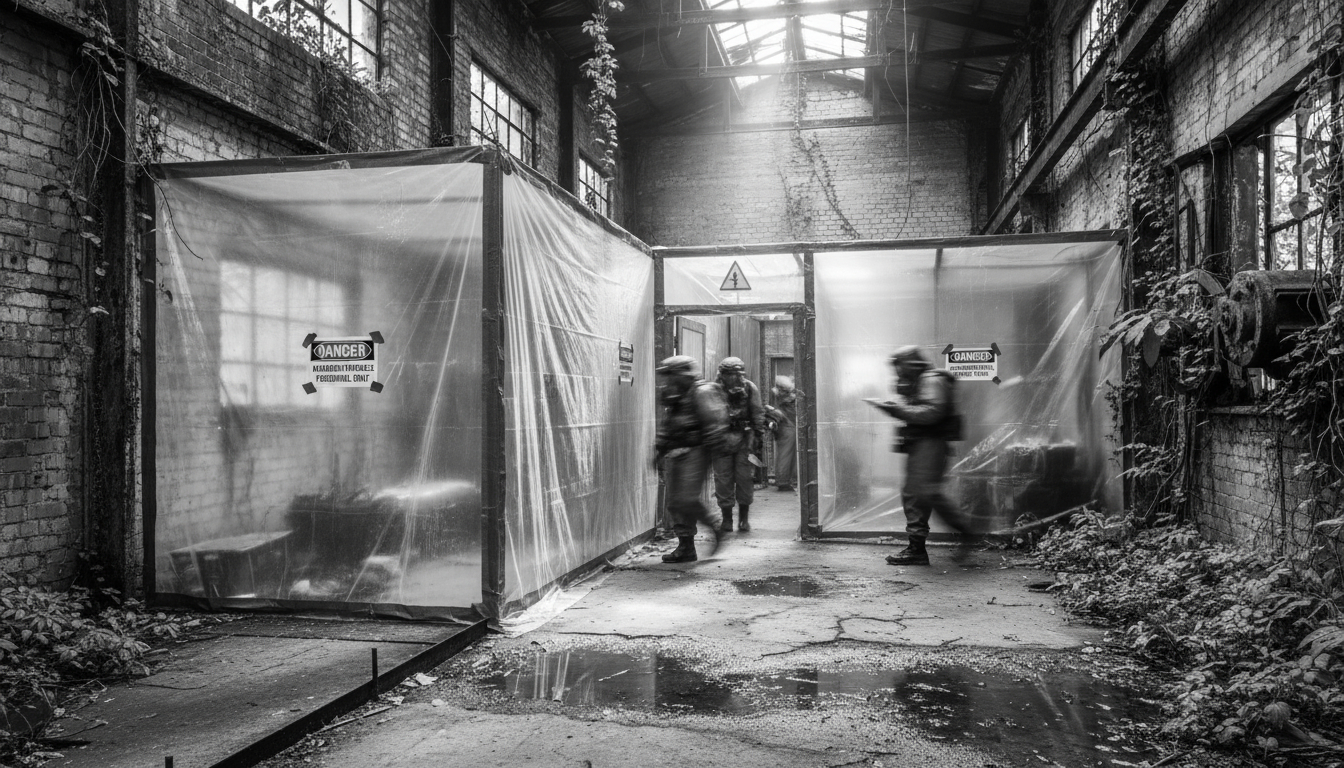
Phase 5: Decontamination and Cleaning
After material extraction, intensive cleaning begins. All surfaces within the containment area are HEPA vacuumed and wet-wiped multiple times. This process continues until visual inspection confirms no debris remains. Polyethylene sheeting is carefully removed and disposed of as contaminated waste.
Workers exit through decontamination units where protective equipment is carefully removed and disposed of. Personal showers ensure no fibers leave on clothing or skin. This prevents contamination of vehicles and homes.
Phase 6: Air Monitoring and Clearance Testing
Independent inspectors collect air samples to verify the work area is safe for reoccupancy. For asbestos projects, aggressive air sampling uses fans to disturb any remaining fibers. Samples are analyzed by accredited laboratories using phase contrast microscopy or transmission electron microscopy.
Results must meet strict clearance standards before containment barriers can be removed. If samples exceed acceptable limits, additional cleaning is performed and testing repeated. Only after receiving clearance can the property be returned to normal use.
Phase 7: Waste Disposal and Documentation
Hazardous materials must be transported and disposed of at approved facilities. All waste is carefully labeled, packaged, and tracked from extraction through final disposal. Transportation follows strict chain-of-custody procedures to ensure regulatory compliance.
Complete documentation is provided to property owners, including inspection reports, work plans, air monitoring results, waste manifests, and clearance certificates. These records are essential for property transactions and may be required by insurance companies.
| Phase | Typical Duration | Key Activities | Critical Success Factors |
|---|---|---|---|
| Inspection & Testing | 3-5 days | Sample collection, laboratory analysis, risk assessment | Comprehensive sampling, accredited lab analysis |
| Planning & Notification | 10-14 days | Work plan development, regulatory notification, scheduling | Regulatory compliance, detailed planning |
| Containment Setup | 1-2 days | Barrier installation, negative air setup, area sealing | Complete isolation, verified negative pressure |
| Material Extraction | 2-7 days | Careful material extraction, continuous monitoring, waste packaging | Wet methods, minimal disturbance, proper disposal |
| Cleaning & Decontamination | 1-3 days | HEPA vacuuming, wet wiping, visual inspection | Multiple cleaning passes, thorough coverage |
| Clearance Testing | 3-5 days | Air sampling, laboratory analysis, final inspection | Independent testing, meeting clearance standards |
Identifying Potential Hazards in Your Property
Knowing where asbestos and lead commonly appear helps property owners identify potential hazards before beginning renovation or demolition projects. Never attempt to test or extract suspected materials yourself—always hire qualified professionals.
Common Asbestos Locations
Asbestos was used in thousands of building products. Buildings constructed or renovated between 1940 and 1990 are most likely to contain these materials. Common locations include:
- Insulation: Pipe and boiler insulation, attic insulation, vermiculite insulation
- Flooring: Vinyl floor tiles, sheet vinyl flooring, adhesives and mastics
- Ceilings: Acoustic ceiling tiles, textured “popcorn” ceilings, ceiling panel adhesives
- Roofing: Asphalt shingles, roof felt, flashing cement
- Siding: Cement board siding, shingle siding
- Walls: Joint compound, plaster, wallboard, decorative textures
- HVAC Systems: Duct insulation, furnace insulation, gaskets
The material’s condition matters significantly. Intact, undisturbed materials pose minimal risk. However, materials that are damaged, deteriorating, or will be disturbed during renovation require professional asbestos abatement services.
Lead Paint Indicators
If your home was built before 1978, assume lead paint is present until testing proves otherwise. It’s most commonly found on:
- Window frames, sills, and trim
- Door frames and doors
- Stairs, railings, and banisters
- Porches and railings
- Exterior surfaces and trim
- Interior walls in older layers under newer paint
- Kitchen and bathroom cabinets
Areas with friction surfaces—like windows and doors—are particularly hazardous because normal use creates lead dust. Deteriorating paint that is chipping, peeling, or chalking poses immediate risk and requires professional lead removal.
🏠 Home Tip: If you live in a home built before 1978 with young children, have professional testing performed even if paint appears intact. Children’s hand-to-mouth behavior increases their exposure risk significantly.
When Emergency Services Are Necessary
Certain situations require immediate professional intervention. Emergency hazardous material abatement protects occupants from acute exposure risks and prevents further contamination spread.
Emergency Situations Include:
- Fire Damage: Fires in older buildings often release fibers when insulation burns or is damaged
- Water Damage: Flooding can saturate and damage materials, causing deterioration
- Structural Collapse: Earthquakes, storms, or accidents that damage buildings containing hazardous materials
- Demolition Discoveries: Unexpected hazards found during authorized demolition work
- Severe Deterioration: Materials actively releasing fibers or dust into occupied spaces
- Vandalism: Intentional damage to materials containing asbestos or lead
Emergency response requires immediate containment and extraction to protect occupants. Professional contractors maintain 24/7 availability for these situations. Emergency services follow the same rigorous safety protocols as planned projects but proceed on accelerated timelines.
Regulatory Compliance and Legal Requirements
Asbestos and lead work is heavily regulated at federal, state, and local levels. These regulations exist to protect workers, building occupants, neighbors, and the environment from contamination.
Federal Regulations
The Environmental Protection Agency enforces National Emission Standards for Hazardous Air Pollutants, which regulate work in buildings being demolished or renovated. The Occupational Safety and Health Administration sets workplace exposure limits and requires specific work practices for hazardous material abatement.
The Toxic Substances Control Act regulates manufacturing, importation, and use of asbestos products. For lead, the EPA’s Lead Renovation, Repair and Painting Rule requires specific work practices for renovation of pre-1978 housing and child-occupied facilities.
State and Local Requirements
Many states have additional regulations that exceed federal requirements. These might include mandatory contractor licensing, advance project notification, air monitoring requirements, and specific disposal facility approvals. Local building departments often require permits before work begins.
Violating these regulations results in significant penalties. Property owners who hire unlicensed contractors remain liable for regulatory violations even if they didn’t personally perform the work. This liability can include cleanup orders, fines, and third-party claims.
Selecting a Qualified Contractor
Choosing the right contractor for asbestos abatement services or lead removal is critical for safety and regulatory compliance. Not all contractors have the expertise, equipment, and licensing for hazardous material work.
Essential Contractor Qualifications
Verify that contractors hold all required licenses and have appropriate insurance coverage. Request proof of workers’ compensation insurance and general liability coverage specific to hazardous material work. Ask for references from recent projects and follow up with previous clients.
Qualified contractors provide detailed written proposals that outline the entire scope of work, including containment methods, extraction techniques, disposal procedures, and clearance testing. Be wary of contractors who provide verbal estimates or pressure you to skip testing.
Red Flags to Avoid
- Cannot provide proof of licensing and insurance
- Suggests skipping testing or inspection
- Offers to “save money” by avoiding notifications
- Lacks proper equipment or containment materials
- Cannot explain their process clearly
- Provides unusually low estimates compared to other contractors
- Suggests mixing hazardous materials with regular construction debris
Remember that the lowest estimate is rarely the best choice for hazardous material work. Proper procedures require specialized equipment, trained personnel, and compliance with extensive regulations. Cutting corners on any of these elements compromises safety.
Post-Abatement Considerations
After professional work is complete, several important steps ensure your property remains safe and compliant.
Documentation Retention
Keep all documentation indefinitely. This includes inspection reports, laboratory results, work plans, air clearance certificates, waste disposal manifests, and contractor licenses. These documents prove compliance with regulations and protect property value.
When selling property, disclosure laws typically require informing buyers about previous asbestos or lead issues. Complete documentation demonstrates that problems were professionally addressed according to regulations. This transparency protects sellers from future liability claims.
Ongoing Monitoring
If work was partial rather than complete, remaining materials require ongoing monitoring. Establish a management plan that includes regular inspections to check material condition. This is common when asbestos-containing materials are in good condition and safely encapsulated rather than extracted.
For lead paint, if some painted surfaces were left in place, establish maintenance procedures that prevent paint deterioration. Regular cleaning with HEPA vacuums and damp methods controls any dust that may contain lead. Monitor painted surfaces for chipping or peeling that would require professional attention.
Future Renovation Considerations
Before any future renovation work, review your property’s hazardous material history. Areas not previously tested may still contain asbestos or lead. Even if prior work removed visible hazardous materials, additional testing may be needed if renovations will disturb new areas.
Inform any contractors about your property’s history before they begin work. This allows them to take appropriate precautions and avoid unknowingly disturbing hazardous materials that remain in undisturbed areas.
| Material Type | When Professional Help Is Required | When Monitoring May Be Sufficient | Inspection Frequency |
|---|---|---|---|
| Friable Asbestos | Any damage, deterioration, or planned disturbance | Never—always requires professional services | N/A |
| Non-Friable Asbestos | Damage, deterioration, or renovation activities | Good condition, undisturbed, intact | Every 6-12 months |
| Deteriorating Lead Paint | Peeling, chipping, or chalking paint | Never—requires extraction or stabilization | N/A |
| Intact Lead Paint | Renovation, high-contact areas, child-occupied spaces | Good condition, low-contact areas, no children | Every 3-6 months |
| Lead Dust | Any detection in living spaces | Never—requires professional cleaning | Annually if lead paint present |
The Long-Term Value of Professional Work
While professional asbestos abatement services require significant investment, the value extends far beyond immediate safety. Proper work protects property value, ensures legal compliance, and provides peace of mind for decades to come.
Property Value Protection
Properties with documented asbestos or lead issues that weren’t properly addressed face serious marketability challenges. Buyers increasingly request hazardous material inspections before purchase. Homes with undisclosed problems may be unmarketable or sell at substantial discounts.
Professional work with complete documentation actually enhances property value by removing uncertainty. Buyers appreciate knowing that hazardous materials were professionally eliminated according to regulations. This transparency builds trust and facilitates smooth transactions.
Health Cost Avoidance
The health consequences of asbestos or lead exposure create costs that dwarf professional expenses. Medical treatment for asbestos-related diseases or lead poisoning involves extensive healthcare needs over years or decades. These conditions cause lost work productivity, reduced quality of life, and enormous emotional toll on families.
Children with elevated lead levels may require special education services, behavioral therapy, and ongoing medical monitoring. Adults diagnosed with mesothelioma face aggressive treatment protocols with limited success rates. Professional hazardous material abatement eliminates these risks entirely.
Liability Protection
Property owners who fail to properly address hazardous materials face potential liability from multiple sources. Tenants, employees, contractors, or family members who suffer exposure-related illnesses may pursue legal action. These claims can continue for decades due to long disease latency periods.
Professional work with proper documentation demonstrates due diligence and good faith efforts to protect health. This documentation provides critical protection in liability situations and shows compliance with applicable regulations.
Frequently Asked Questions
Can I test for asbestos or lead myself before hiring professionals?
While DIY test kits exist, professional testing is strongly recommended. Improper sampling can release hazardous fibers or dust, contaminating areas that were previously safe. Professional inspectors know where hazardous materials commonly appear, how to collect samples safely, and which accredited laboratories provide reliable analysis. Their comprehensive approach ensures no hazards are overlooked and all materials are properly identified.
How long does professional asbestos abatement services take?
Project duration varies based on the amount and type of material being extracted. Small projects might take three to five days from start to clearance, while extensive commercial work can require several weeks. The timeline includes containment setup, extraction, cleaning, air testing, and final clearance. Regulatory notification requirements add 10-14 days before work can begin in many jurisdictions.
Do I need to leave my home during asbestos removal or lead removal?
Temporary relocation is often recommended, especially for vulnerable populations like children, pregnant women, and individuals with respiratory conditions. Professional containment procedures prevent contamination spread, but leaving during active work eliminates any exposure risk. Your contractor will assess your specific situation and provide relocation recommendations based on project scope and containment methods.
What happens if asbestos or lead is discovered during renovation?
Work must stop immediately when hazardous materials are discovered unexpectedly. The area should be sealed off and professionals contacted for assessment. Continuing work would violate regulations and create serious health risks. Qualified contractors will test the material, develop a plan, and safely extract it before renovation can continue. This protects workers and occupants from exposure.
Are there alternatives to complete asbestos removal?
Encapsulation and enclosure are alternatives when materials are in good condition and won’t be disturbed. Encapsulation involves sealing materials with specialized coatings that bind fibers. Enclosure means building barriers around materials. These methods cost less than complete extraction but require ongoing monitoring and management. Complete work eliminates the hazard permanently and is preferred when renovation will disturb materials.
How can I verify a contractor’s qualifications for hazardous material work?
Contact your state environmental protection or labor department to verify contractor licenses. Request proof of insurance and contact the insurance company directly to confirm coverage is current and adequate. Ask for references from recent projects and follow up with those property owners. Check with local building departments about any complaints or violations. Legitimate contractors readily provide this information and documentation.
Protect Your Health with Professional Services
Asbestos and lead are serious health hazards that require professional expertise for safe remediation. The risks of DIY approaches—from acute exposure dangers to legal liability—far outweigh any perceived savings. Professional asbestos abatement services provide the specialized equipment, trained personnel, and regulatory compliance necessary to eliminate these hazards safely.
Whether you’re planning a renovation, managing an older property, or dealing with an emergency situation, professional hazardous material abatement protects your health, preserves property value, and ensures peace of mind. Don’t compromise on safety when dealing with materials that can cause irreversible health damage.
Advanced DRI provides comprehensive asbestos abatement services and lead removal for residential and commercial properties. Our experienced team uses state-of-the-art equipment and follows strict safety protocols to protect your health and property. Contact us today for professional inspection and safe, compliant asbestos removal services.

